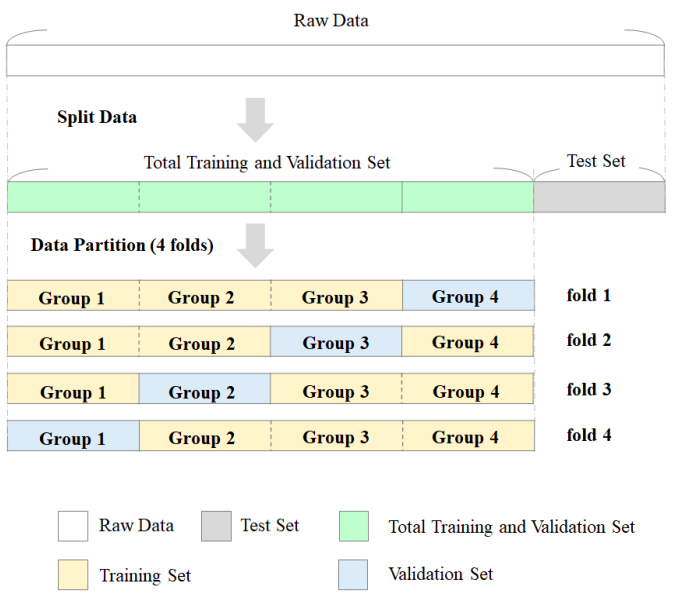
The presence of right ventricular hypertrophy (RVH) accounts for approximately 5-10% in young adults. The sensitivity estimated by commonly used 12-lead electrocardiographic (ECG) criteria for identifying the presence of RVH is under 20% in the general population. The aim of this study is to develop a 12-lead ECG system with the related information of age, body height and body weight via machine learning to increase the sensitivity and the precision for detecting RVH. Method: In a sample of 1,701 males, aged 17–45 years, support vector machine is used for the training of 31 parameters including age, body height and body weight in addition to 28 ECG data such as axes, intervals and wave voltages as the inputs to link the output RVH. The RVH is defined on the echocardiographic finding for young males as right ventricular anterior wall thickness > 5.5 mm. Results: On the system goal for increasing sensitivity, the specificity is controlled around 70-75% and all data tested in the proposed method show competent sensitivity up to 70.3%. The values of area under curve of receiver operating characteristic curve and precision-recall curve using the proposed method are 0.780 and 0.285, respectively, which are better than 0.518 and 0.112 using the Sokolow-Lyon voltage criterion, respectively, for detecting unspecific RVH. Conclusion: We present a method using simple physiological parameters with ECG data to effectively identify more than 70% of the RVH among young adults. Clinical Impact: This system provides a fast, precise and feasible diagnosis tool to screen RVH.

